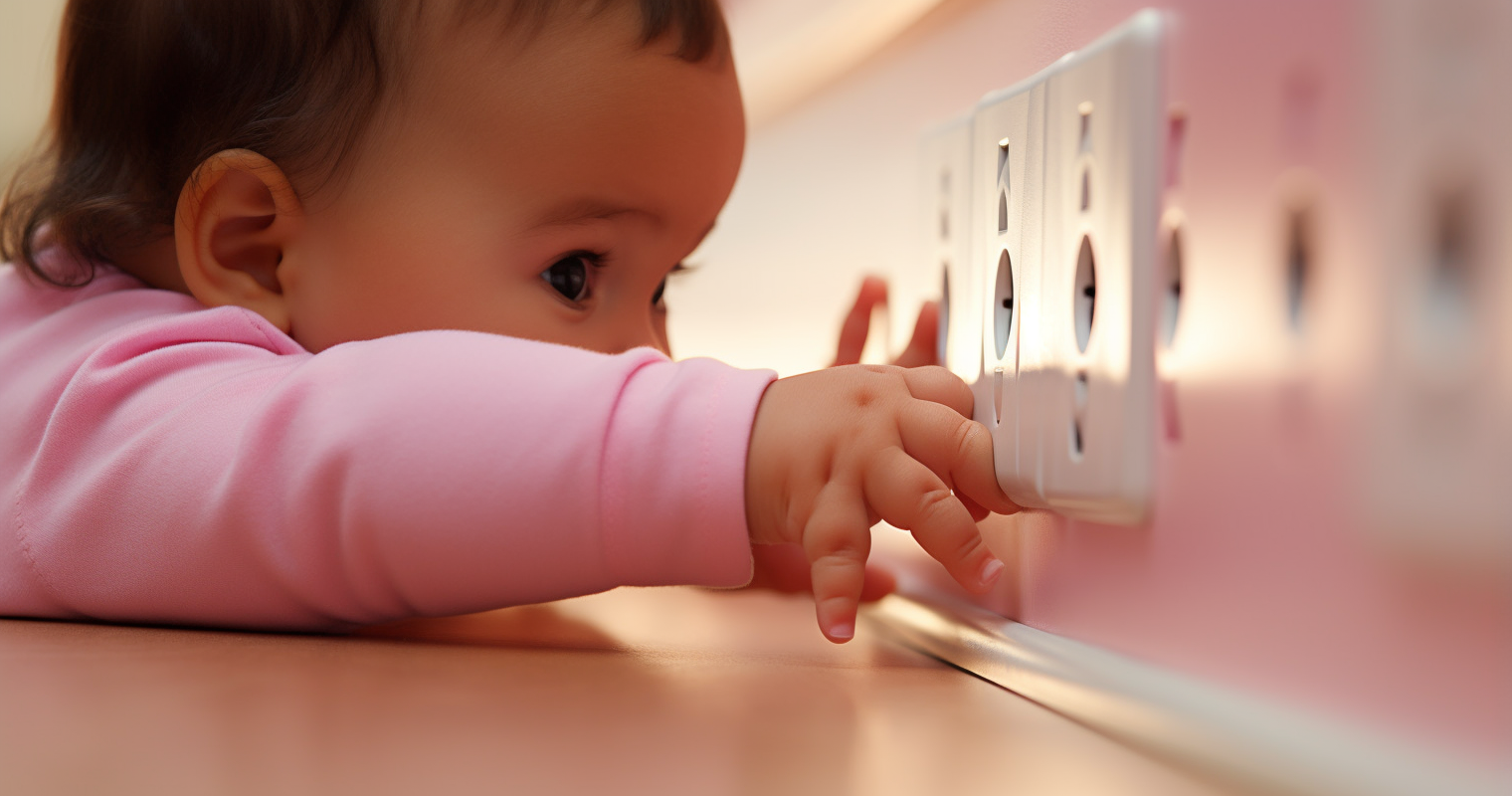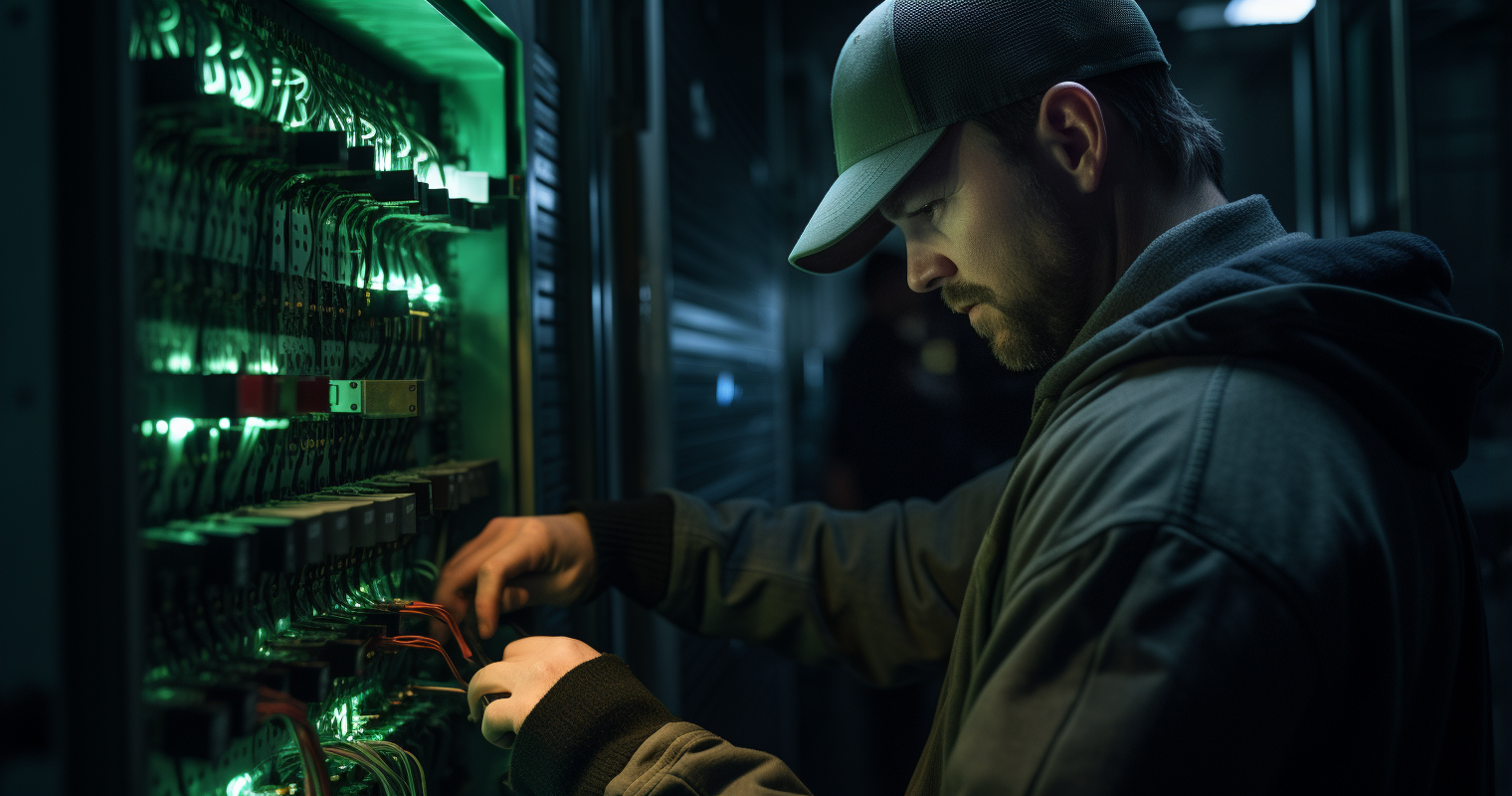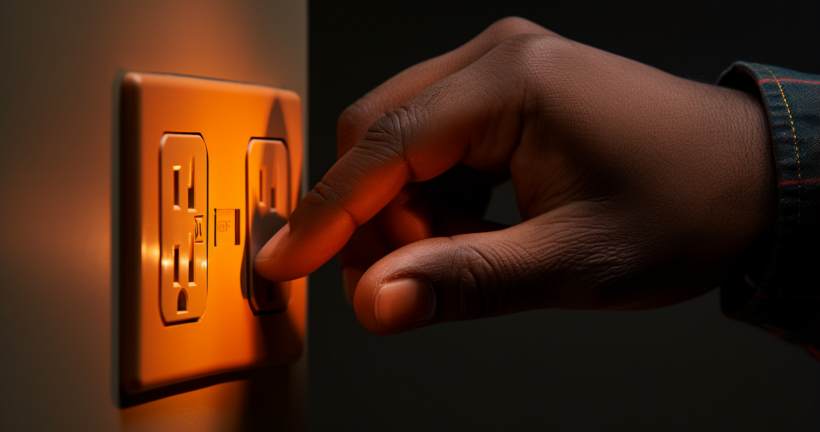According to recent statistics, electrical hazards cause over 50,000 house fires each year, resulting in more than 500 deaths and thousands of injuries. How To Prevent Electrical Hazards At Home is not just a matter of convenience but a crucial step in ensuring the safety of your loved ones. This comprehensive guide aims to shed light on common electrical dangers lurking in our homes and offers actionable steps to mitigate them.
Understanding Electrical Hazards
Let’s kick things off with a shocking fact: every year, electrical hazards cause over 50,000 house fires in the U.S. alone. That’s a lot of sparks flying in the wrong direction!
What exactly are electrical hazards? Well, in layman’s terms, they’re situations where there’s a risk of injury due to electricity. The significance? These hazards can lead to burns, shocks, and even fatal injuries.
Now, you might be thinking, “I’m careful. This won’t happen in my home.” But did you know that many of these incidents are caused by common, everyday activities? Overloading outlets, using damaged cords, or simply placing a toaster too close to the sink can turn a regular day into a disaster.
The Impact on Health and Property
Beyond the immediate physical harm, electrical hazards can have lasting effects on one’s health. Prolonged exposure to even minor electrical shocks can lead to muscle pain, fatigue, and memory problems. On the property front, aside from the obvious fire risk, electrical issues can damage appliances and reduce the lifespan of your home’s electrical system.
Common Electrical Hazards in Homes
Alright, let’s dive deeper into the nitty-gritty of these hazards.
| Electrical Hazard | Description |
|---|---|
| Overloaded Circuits and Outlets | Plugging in too many devices can overload circuits, increasing the risk of fires. |
| Damaged or Frayed Cords | Worn-out cords with exposed wires pose shock and fire hazards. |
| Misuse of Extension Cords | Overusing extension cords can lead to overheating and electrical hazards. |
| Water and Electricity Mix | Using electrical appliances near water sources can result in severe shocks. |
Overloaded Circuits and Outlets
Ever plugged in one too many devices and had the lights flicker? That’s an overloaded circuit waving a red flag. Continual overloading can wear out your electrical system and increase the risk of fires.
Damaged or Frayed Cords
A frayed cord might seem like a minor issue, but it’s an accident waiting to happen. These exposed wires can easily shock someone or spark a fire if they come into contact with flammable materials.
Misuse of Extension Cords
Extension cords are like the junk food of the electrical world. Fine in moderation, but harmful when overused. They’re meant for temporary use, and relying on them long-term can lead to overheating.
Water and Electricity: A Dangerous Mix
Remember the toaster by the sink? Water is a conductor, and electrical appliances near water sources can lead to severe shocks. Always ensure your hands are dry when handling electrical devices and keep appliances away from water.
For a deeper dive into why multiple outlets might stop working (and trust us, it’s more intriguing than a detective novel), check out this article on Multiple Electrical Outlets Not Working: Why?. And for more easy-peasy ways to prevent these hazards, this guide from Wire Chief Electric is a goldmine.
How To Prevent Electrical Hazards At Home
| Preventive Measure | Description |
|---|---|
| Regular Inspection and Maintenance | Regularly inspect and maintain your electrical systems to detect and prevent hazards. |
| Safe Use of Electrical Appliances | Follow the manufacturer’s instructions, avoid using damaged devices, and prioritize safety. |
| Proper Storage of Cords and Cables | Neatly store cords to prevent tripping hazards and avoid overusing extension cords. |
| Right Wattage in Light Fixtures | Use recommended wattage to prevent overheating and potential hazards. |
| Safety Measures for Children and Pets | Childproof outlets, educate kids about electrical safety, and store appliances out of reach of children and pets. |
Regular Inspection and Maintenance
The first step in ensuring your home is shock-proof is regular inspection and maintenance of your electrical systems. Think of it as a health check-up but for your wires and outlets. A professional electrician can spot issues that might escape the untrained eye, ensuring your home remains a safe haven.
Safe Use of Electrical Appliances
We all love our gadgets, but using them safely is paramount. Always read the manufacturer’s instructions (yes, even if it’s just a toaster), and avoid using devices with damaged cords or plugs. Remember, safety first, and toast second.
Proper Storage of Cords and Cables
Loose cords aren’t just a tripping hazard; they’re an electrical one too. Ensure cords are neatly stored away, avoiding high-traffic areas. And if you’re using extension cords, remember they’re a temporary solution, not a permanent fixture.
Right Wattage in Light Fixtures
Ever heard the phrase “too much of a good thing”? Well, using bulbs with a higher wattage than recommended can overheat the fixture or wiring, leading to potential hazards. Stick to the recommended wattage to keep things bright and safe.
Safety Measures for Children and Pets
Little hands and paws are naturally curious, which can sometimes lead them into dangerous situations.

Childproofing Outlets and Cords
Childproofing isn’t just about gates and cabinet locks. Ensure all outlets have safety covers, especially if they’re at a child’s eye level. And those enticing cords? Keep them out of reach or use protective wraps to deter tiny hands.
Educating the Young Ones
Knowledge is power (pun intended). Teach children the basics of electrical safety. A simple “No touch!” can go a long way. And for older kids, a brief lesson on the dangers of electricity can be both educational and life-saving.
Keeping Appliances Out of Reach
From hairdryers to kitchen blenders, ensure all electrical appliances are stored safely out of children’s and pets’ reach. After all, Fluffy doesn’t need to make a smoothie.
For more insights on electrical safety, especially when you’re left wondering why there’s No Power to Thermostat: 5 Reasons and Solutions, that article is a must-read. And if you’re looking for a comprehensive guide on preventing electrical hazards, this piece from Cable Organizer is electrifyingly good.
Importance of Grounding and Circuit Breakers

Grounding: What is it and Why is it Essential?
Grounding, in the electrical world, isn’t about being sent to your room without dinner. It’s a safety measure that directs unwanted electrical currents away from your appliances and, more importantly, you. Imagine it as a detour route for electricity, ensuring it doesn’t take a dangerous shortcut through your body. Grounding is the unsung hero that keeps your electrical system in check and prevents potential shocks.
| Concept | Description |
|---|---|
| Grounding: What is it and Why is it Essential? | Grounding directs unwanted electrical currents away from appliances and ensures safety. |
| The Role of Circuit Breakers | Circuit breakers monitor and shut down electricity flow to prevent hazards, such as fires from overloaded circuits. |
| Recognizing a Faulty Circuit Breaker | Signs of a faulty breaker include constant tripping, burning smell, or visible damage. |
| Emergency Measures in Case of Electrical Accidents | Steps to take during electrical accidents, such as electric shocks or fires, include turning off power and seeking help. |
The Role of Circuit Breakers
Circuit breakers are like the bouncers of your electrical system. They monitor the flow of electricity and, if things get too rowdy (like a sudden surge), they shut things down. Their primary role? To prevent electrical hazards, such as fires caused by overloaded circuits. So, the next time your breaker trips, give a silent thank you. It’s just doing its job!
Recognizing a Faulty Circuit Breaker
A circuit breaker that’s constantly tripping might be more than an annoyance. It could be a sign of a deeper issue. Other red flags include a burning smell from the electrical panel, breakers that won’t stay reset or visible damage like charring. If you spot these signs, it’s time to call in the pros.

Emergency Measures in Case of Electrical Accidents
Accidents happen, even with all the precautions in place. Knowing what to do can make all the difference.
When Someone Gets an Electric Shock
First, don’t touch the person directly. Turn off the power source or use a non-conductive material, like a wooden broom handle, to push them away from the source. Once safe, check their condition and call for medical help if needed.
Safely Turning Off Power in Emergencies
In case of an electrical emergency, like a fire or shock, it’s crucial to cut off the power. Head to your main electrical panel and switch off the main breaker. But remember, safety first! If the panel is smoking or sparking, evacuate and call emergency services.
When to Dial a Professional Electrician
While DIY is all the rage, some things are best left to professionals. If you’re unsure about an electrical issue or spot signs of a significant problem, it’s time to call an electrician. And speaking of professionals, if you’re looking to upgrade your home’s electrical system, here’s a handy guide on How to Install a 220-240 Volt Outlet.
Frequently Asked Questions
What are the most common electrical hazards at home?
Overloaded circuits, damaged cords, and misuse of extension cords are among the top electrical hazards in homes.
How can I childproof my home against electrical dangers?
Childproofing involves using safety covers on outlets, keeping cords out of reach, and educating children about the dangers of electricity.
Is it safe to use extension cords permanently?
No, extension cords are designed for temporary use. Relying on them permanently can lead to overheating and fire hazards.
How often should I inspect my home’s electrical system?
It’s recommended to have a professional inspection every 3-5 years. However, if you notice any issues, seek immediate assistance.
Why is grounding so important in preventing electrical hazards?
Grounding provides a safe path for excess electricity, preventing electrical shocks and reducing the risk of fires.
Can water and electricity ever mix safely?
No, water is a conductor of electricity. Always keep electrical appliances away from water to prevent shocks and hazards.
How can I recognize a potential electrical problem at home?
Flickering lights, buzzing sounds, frequent circuit breaker trips, and warm outlets are signs of potential electrical issues.
Conclusion
Understanding How To Prevent Electrical Hazards At Home is pivotal for the safety and well-being of every household member. With the knowledge you’ve gained from this guide, you’re now equipped to make informed decisions and implement safety measures. Don’t wait for an accident to happen. Take proactive steps today and ensure a safer environment for your loved ones.
Thank you for reading!
